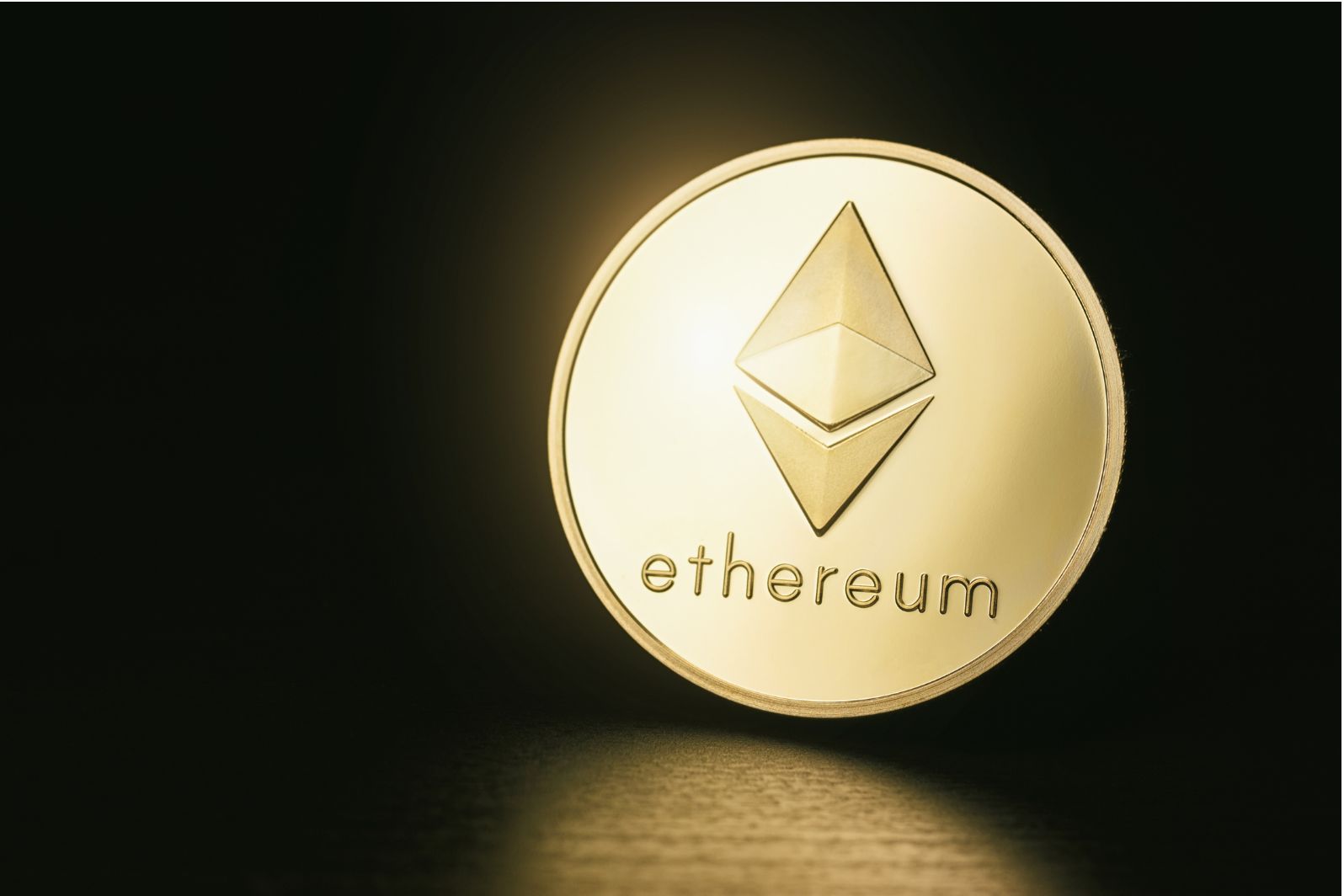Over the past few years, Ethereum has become that game-changing element in the world of finance, which actually powered the fast movement in the genre of DeFi and opened more investment opportunities. Being the second-largest cryptocurrency by market capitalization, Ethereum completely changed the face of financial transactions when users can perform a wide range of financial activities without any kind of mediator.
Ethereum’s Role in the DeFi Boom
So-called DeFi is the most transformational trend currently taking over the entire financial sector, with Ethereum squarely at the heart. DeFi is a system of financial products and services based on blockchain technology, which enables users to borrow, lend, trade and earn interest in a decentralized manner, with no dependence on traditional financial institutions.
According to data from DeFi Pulse, the total value locked in DeFi protocols surpassed at the beginning of 2022 a value of more than $50 billion, of which more than 80% came from Ethereum-based platforms.
Ethereum’s smart contract functionality enables these financial services to be developed and implemented in such a decentralized and transparent manner. Such platforms as Uniswap, MakerDAO and Aave have leveraged Ethereum in substantial manners to provide access to financial services that previously did not exist. The rapid growth in usage of DeFi applications shows that Ethereum has turned into a backbone of the emergent decentralized financial world, luring investors who are looking to diversify their portfolios with these new classes of investment.
Smart Contracts: The Backbone of Decentralized Finance
At the heart of Ethereum’s contribution to this decentralized finance are smart contracts: self-executing agreements with rules and conditions pre-agreed upon. Quite essentially, these smart contracts require no intermediary-for instance, either a bank or broker- which allows direct and autonomous execution of transactions. The result of this automation is cost reduction, but it also makes transparency and security possible, as all such transactions are recorded on the blockchain. Over 80% of DeFi projects deploy to Ethereum today and as such, it remains the blockchain of choice for dApps. As one example, Compound and Aave are two of the most utilized lending services built atop Ethereum. These allow users to lend their crypto assets and earn interest or borrow money by using their cryptocurrency as collateral. Together, these platforms have facilitated billions of dollars in loans, which exemplifies the demand for Ethereum-based financial services.
Due to the functionality of smart contracts, new avenues for investment cropped up as one could gain easy access to lending, borrowing and farming for yield.
Ethereum and NFT Marketplaces: The New Investment Trend
The other pioneer in adopting the Ethereum network is the rise of NFTs or non-fungible tokens, one class of digital assets that are unique and can be bought, sold and traded across blockade networks. NFTs took the world by storm, finally allowing artists, musicians and any content creators to monetize their work in ways that were previously impossible.
The resulting sales of NFTs in 2022 reached an astonishing $24 billion, the lion’s share of that on Ethereum-based platforms such as OpenSea, Rarible and Foundation.
To investors, this NFT market is a fresh channel through which one can diversify a portfolio by investing in digital art, virtual real estate and other unique assets. Ethereum’s blockchain plays an important role in the verification of both ownership and authenticity, hence making this platform favored for creating and trading NFTs. Such a trend affects the very notion people have about digital content and creates a whole new class of assets, opening exciting investment opportunities.
Ethereum’s Role in Cross-Border Payments and Lending
Key benefits include that Ethereum’s blockchain makes cross-border payments and lending seamless. Some traditional international transactions can actually be quite slow very expensive and even currency fluctuations might pop up. Ethereum’s blockchain decentralized network eliminates such obstacles. Such protocols for decentralized lending as Aave and Compound enable the borrowing and lending of cryptocurrencies around the world in a decentralized manner, which means there is no need for any middleman, such as banks or any other entities that might be necessary in the process.
As of 2023, lending platforms based on Ethereum have processed more than $10 billion in transactions-a true testament to the rising adoption of decentralized finance solutions. These platforms offer attractive interest rates and enable their users to earn passive income with their assets, hence becoming a popular avenue for investors in pursuit of diversified streams of income. The ability to participate in cross-border financial activities without the friction inherent in traditional banking systems underlines further how Ethereum democratizes finance and widens investment opportunities.
Conclusion
From the dynamic and rapidly changing world of finance and investment, Ethereum has retained momentum in meltdown, shaping decentralized finances into the future, NFT marketplaces and cross-border transactions. It remained in the top position in the blockchain space for its secure, transparent and efficient way of offering financial services, opening up an entire universe of possibilities for investors. From the increased use of Ethereum-based platforms to the release of Ethereum 2.0, the potential for investment opportunities is vast in this energetic ecosystem. This is important to understand the role of Ethereum in the changing landscape of finance. In turn, it will help people make a conscious decision on how to use this new technology for their own good. Be you an experienced investor or someone looking into new methods of wealth creation, Ethereum can boast a number of opportunities that may become the present and future point in finance and investment for many years to come.
- The Impact of User-Centered Design in Medical Device Design - January 17, 2025
- Unleash the Art of Captivating Presentations - January 8, 2025
- Soft skills every Conference Interpreter needs for success - January 7, 2025
